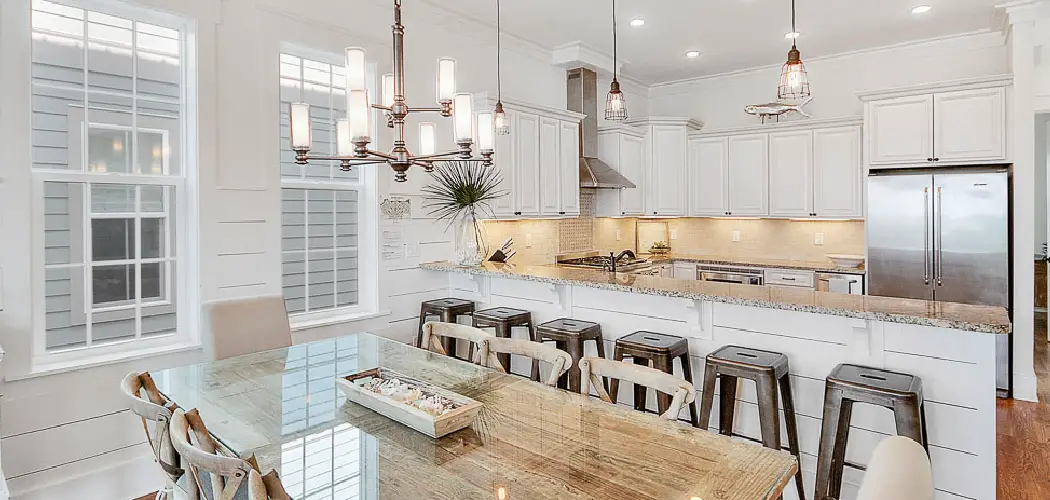Pendant lights can provide both functionality and style to a room. By understanding the different pendant lights available, you can choose the right light for your needs. There are many factors to consider when selecting pendant lights, such as the room’s function, the ceiling’s height, and the style of your home.
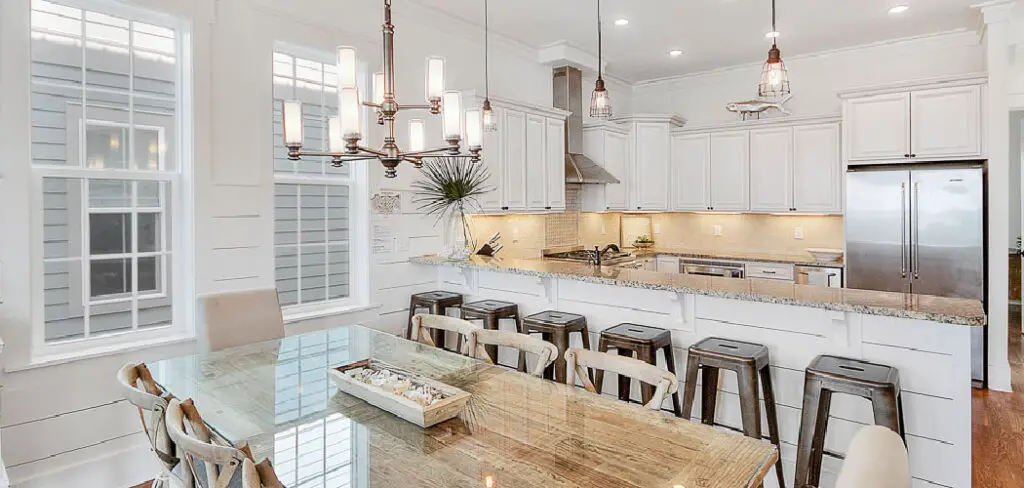
Pendants come in various shapes, sizes, and styles, so it is important to consider them when selecting. This guide will help you understand how to choose pendant lights for your home. We’ll discuss the available pendants and some factors to consider when choosing a pendant light. So if you want to add some pizzazz to your home, read on!
Summary: If you’re in the market for new pendant lights, there are a few things to keep in mind. First, think about how many bulbs you need. If you have a large room with many different areas that need light, go with three or more bulbs. Next, consider the type of light you want. Traditional pendant lights are typically made out of metal or plastic, but there are now LED options available. If you’re on a budget, go with traditional lights.
6 Advantages of Using Pendant Light
Pendant lights can provide several advantages to your home. Here are six reasons why you should consider using pendant lights:
1. Add Style and Personality to a Room:
Pendant lights are available in various styles, so you can choose a light that fits your taste. Whether you prefer a classic or contemporary look, there’s a pendant light to match your style. Pendant lights can also help you express your personality in a room. If you want a room to feel more welcoming and inviting, choose a pendant light with a warm glow. Or, if you want a room to feel more modern and sleek, choose a pendant light with a cool, white light.
2. Save Space:
Pendant lights can save space in a room because they don’t require a table or floor lamp. They can be hung from the ceiling, which frees up floor and table space. This is especially beneficial in small rooms or apartments where every square foot counts. Pendant lighting is also great for rooms with high ceilings because they help bring the light down to eye level.
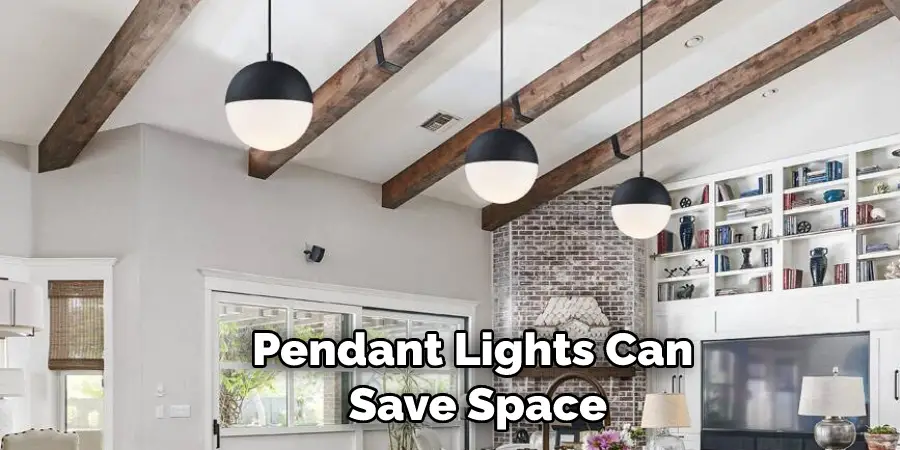
3. Provide Directional Lighting:
Pendant lights provide directional lighting, which can be used to highlight a specific area in a room. This is beneficial if you have a piece of art you want to showcase or a work area you want to illuminate. Directional lighting can also be used to create a mood in a room. For example, if you want a room to feel cozy and intimate, you would use pendant lights that cast a warm, downward glow.
4. Create a Focal Point:
Pendant lights can help create a focal point in a room. By hanging pendant light over a dining room table, for example, you can create a stunning visual feature. Pendant lights can also be used to highlight other architectural features in a room, such as a fireplace or a staircase. This type of light is very versatile and can be used in various ways to create different looks.
5. Aesthetic Design & Variety:
Pendant lights come in various designs, so you can find one that fits your aesthetic. There are simple and elegant pendant lights and more ornate and detailed designs. You can even find pendant lights with colorful shades or unique materials.
And because they come in various styles, you can find pendant lights to complement any room in your home. When choosing a pendant light, consider the design of the lights and the overall aesthetic of your home. You want to choose a light that will fit in with the rest of your decor and add to your home’s overall look.
6. Increase the Functionality of a Room:
Pendant lights can increase the functionality of a room by providing task lighting. This type of lighting is beneficial in areas where you need focused light, such as over a kitchen island or a work desk. These lights can make it easier to complete tasks and can help to reduce eye strain. The accurate and focused light that pendant lights provide can also be useful for reading or other activities that require fine detail.
Different Types of Pendant Lights
1. Multi-light Pendants:
As the name suggests, multi-light pendants are light fixtures with more than one bulb. These are great for larger spaces or for creating a specific lighting look or feel.
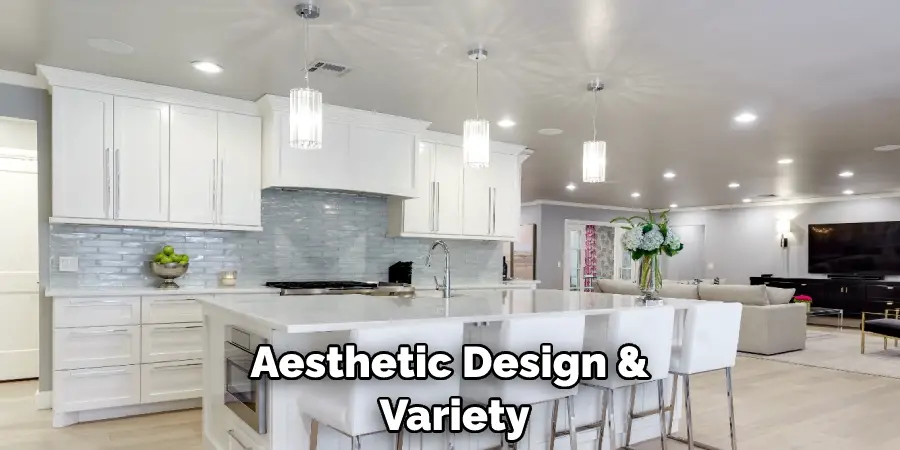
2. Drum Shade Pendants:
Drum shade pendants are a type of light that features a cylindrical or “drum” shaped shade. These are popular because they can provide diffused, ambient lighting in a space. In addition, you can use this type of pendant to create a soft, warm glow in a room.
3. Bowl Pendants:
Bowl pendants are a type of pendant light that features a bowl or dish-shaped shade. These are great for task lighting, as the light is focused downward. For example, you can use a bowl pendant to illuminate a kitchen island.
4. Cord Pendants:
Cord pendants are a type of light hung from the ceiling by a cord. These are popular in industrial and mid-century modern-style homes.
5. Geometric Pendants:
Geometric pendants are a type of light that features a geometric shape. These are popular in contemporary and modern-style homes. If your home has a lot of clean lines and angles, then a geometric pendant would be a great option.

How to Choose Pendant Lights: 7 Important Factors to Consider
1. Consider the Purpose of the Light:
The first thing you need to consider when choosing pendant lights is what the light will be used for. If you need general lighting for a room, then any light will do, but if you are looking for task lighting, you’ll want to choose a pendant light specifically designed for that purpose. If you want to add a bit of decorative flair to a room, you’ll want to choose a light with an interesting design or unique shape.
2. Consider the Size of the Light:
The next thing you need to consider is the size of the light. You’ll want to ensure that the light is proportional to the space in which it will be placed. For example, if you are hanging the light over a dining room table, you’ll want to ensure that it is big enough to provide adequate lighting but not so large that it becomes overwhelming or overpowering.
3. Look for the Material:
When choosing pendant lights, you’ll also want to consider the material of the light. Some materials are more durable than others, and some have a more pleasing aesthetic appeal. For example, glass pendant lights are very popular because they can add a touch of elegance to any room. However, they are also more fragile than other materials and may not be the best choice for a room with a lot of use.
4. Decide Your Location:
The next thing you need to do is decide where to place your pendant light. You’ll want to consider the height of the ceiling and the size of the room when making this decision. For example, if you are hanging the light in a foyer, you’ll want to ensure that it is high enough so that people don’t have to duck their heads when they walk underneath it. On the other hand, if you want to install the light over a kitchen sink, you’ll want to ensure that the light is not going to be too close to the water so that it doesn’t create a hazard.
5. Consider the Style:
Another important factor to consider when choosing pendant lights is the style of the light. There are many different styles of pendant lights available on the market, so you’ll want to take some time to browse through all of your options before making a final decision. For example, you may want to choose a light with a more traditional look, or you may prefer something a bit more contemporary.
6. Go for the Right Shape:
The shape of the pendant light is also an important consideration. Pendant lights are available in various shapes, including round, square, and rectangle. Choose the right shape that will complement the overall look of your room. To decide what shape to choose, consider the existing furnishings in your room and the overall style of your home.
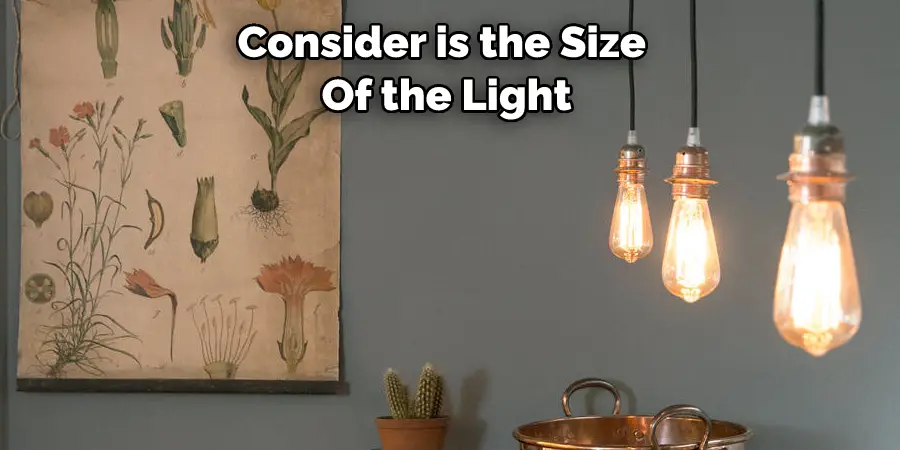
7. Determine the Wattage:
The wattage of the light is also an important consideration. You’ll want to ensure that the light is bright enough to provide adequate lighting but not so bright that it becomes overwhelming. In general, a 60-watt bulb should be sufficient for most pendant lights. If unsure, try a few different wattages to see what gives you the best results.
You Can Check It Out To Choose Pendant Lights for Kitchen Island
Final Words
When it comes to choosing pendant lights, there are a few things you need to take into account. The first is the size of the room, and the second is the type of light you want. Once you’ve determined those two factors, choosing the right pendant light for your space becomes easier.
One important thing to remember when selecting a pendant light is that it should not overshadow other features in the room.
If you have a large room with high ceilings, you might consider using multiple smaller pendants rather than one large one. And finally, make sure to choose a safe pendant light that meets all electrical requirements. Following these tips, you can find the perfect pendant light for your home. We hope this guide was helpful on how to choose pendant lights. If you have any questions or want to know more, feel free to comment below!
